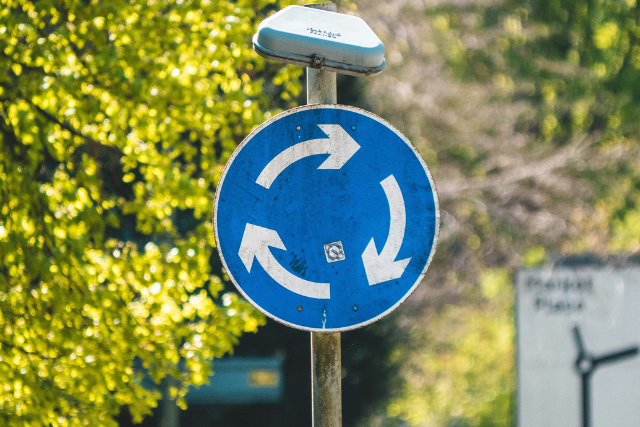Take 3 minutes to read this article
Environmental, Social, Governance (ESG) initiatives have become standard at major companies across all industries. As companies look for ways to become more sustainable, IT Asset Disposition (ITAD)—the way hardware is properly disposed of—is an easy and effective way to boost these initiatives without greenwashing. By properly disposing of IT assets and contributing to ESG initiatives, companies are contributing to the circular economy.
What is the Circular Economy?
The circular economy is a concept that describes resource use—or rather, its reuse. A circular economy maximizes value and minimizes pollution by keeping materials in circulation as long as possible. In IT, a circular model prioritizes reuse of units for as long as possible through repair and remanufacturing, promotes recycling when an item can no longer be used so the materials can be used again, and imagines a world where items are manufactured with recycling in mind so every bit of gold, cobalt and other valuable materials can be recovered for reuse.
Why is the Circular Economy Becoming More Relevant?
With the rise of sustainability and environmentalism, companies have implemented ESG initiatives which lead them closer to a circular model. Consumers and manufacturers alike are realizing that we do not have infinite resources. The reality of limited resources is especially relevant when it comes to electronics and e-waste—items that contain rare and valuable elements. In addition to these rare elements, e-waste also contains toxic materials which, when improperly recycled, contaminates soil and groundwater with carcinogens like lead and mercury. By implementing an increasingly circular economy, less waste is produced as equipment is reused and recycled.
Roadblocks to a Circular Economy
Standing in the way of a truly circular economy is the way equipment is made. As recycling e-waste has gained ground, recyclers have learned that equipment is not made in such a way to be recycled. Component recovery for some devices is cost prohibitive, and even when undertaken, recyclers are unable to recover all of the components. That being said, while a true circular economy is out of reach, reuse and recycling can take equipment that much farther, lengthening a linear economy if not creating a circular one.
What Does the Circular Economy Mean for IT?
The circular economy lends itself to IT. In the circular model, value retention and recovery are baked in. While IT equipment might not be known for its value retention, the circular economy aims to get the most out of the hardware—using it as long as possible before reusing its components. Though IT equipment has a relatively short lifespan (3–5 years), it is expensive to produce and can last much longer with the proper maintenance. To preserve value and limit waste, equipment that is no longer cutting-edge can be moved to less business-critical usages and can continue to serve your business in another capacity. Even if your equipment is no longer the right fit for your business, it can be sold and reused by another company, not only lengthening its lifecycle but returning funds back into your IT budget.
ITAD’s Role in the Circular Economy
Proper ITAD feeds the circular economy, and CentricsIT has been participating in it since the beginning. At CentricsIT, we optimize the value of your IT environment, offering IT hardware at a significant discount and recovering the value of your hardware by wiping and reselling units that are still usable. For those that are no longer usable, CentricsIT recovers usable parts, wipes or destroys the data carrying drives, and recycles the units, preserving value and limiting waste.
CentricsIT is a full-service ITAD provider, offering customizable ITAD solutions for companies that manage thousands of devices. We pride ourselves on our commitment to sustainability, reusing equipment whenever possible and recycling the rest according to environmental standards. CentricsIT is proud to maintain certifications relating to sustainability and quality management, including ISO 14001 and ISO 9001. Our portal, CentricsIQ, provides total transparency to the ITAD process, allowing clients to track each piece of equipment processed and providing a certificate of destruction or of data destruction for each one.





